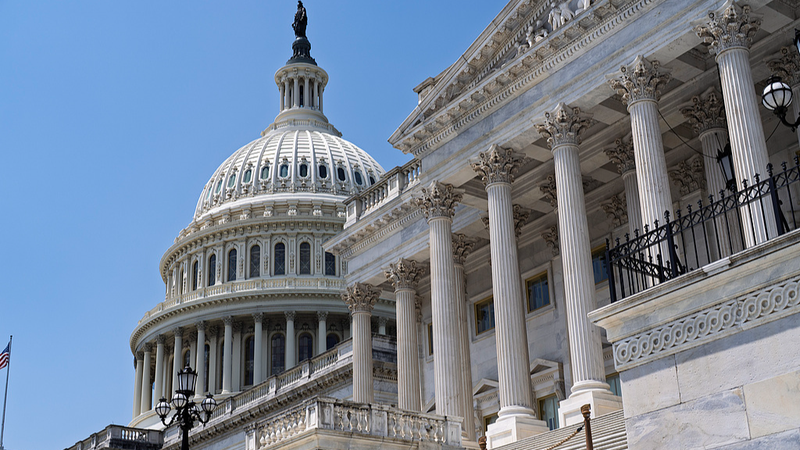At midnight, the US federal government officially shut down after Congress and the White House failed to extend funding beyond this week. This marks the third shutdown under President Trump, following a record-breaking 34-day halt in late 2018 and early 2019—the longest in US history.
With no funding agreement in place, around 800,000 non-essential federal employees are furloughed, while critical staff work without pay. From national park closures and halted grant programs to paused small-business loans, the ripple effects are already hitting households and communities across the country.
The shutdown’s impact extends far beyond US borders. Analysts estimate each week of deadlock could cut 0.1% off US GDP, sparking dips in Asian and European markets. Understaffed customs officers and delayed inspections add friction to global supply chains, disrupting trade routes and shipping schedules.
Travelers, digital nomads, and entrepreneurs face fresh uncertainties: visa applications stall, cultural-exchange initiatives pause, and tourism hotspots become unpredictable. In response, communities are finding creative workarounds—from co-working hubs to grassroots support networks—highlighting resilience in times of gridlock.
Ultimately, the most vulnerable are feeling the brunt first. Social services, disaster-relief funds, and food-assistance programs are all operating on borrowed time. As lawmakers weigh political brinkmanship against real-world needs, the question looms: how long can citizens and markets absorb the fallout before the pressure forces a breakthrough?
In our interconnected world, budget battles anywhere can have consequences everywhere.
Reference(s):
cgtn.com




